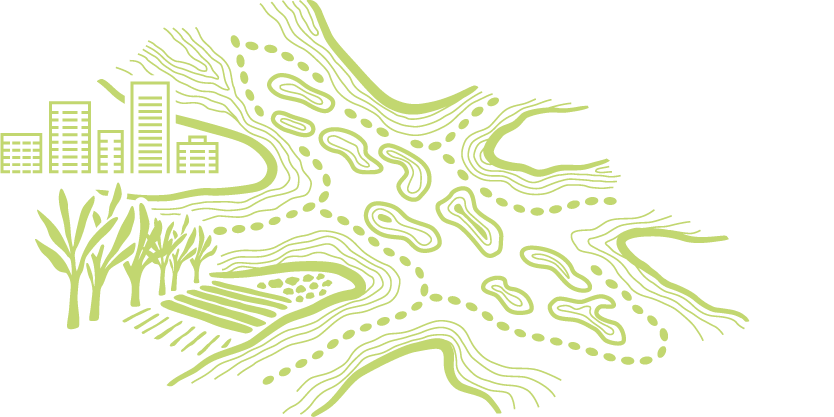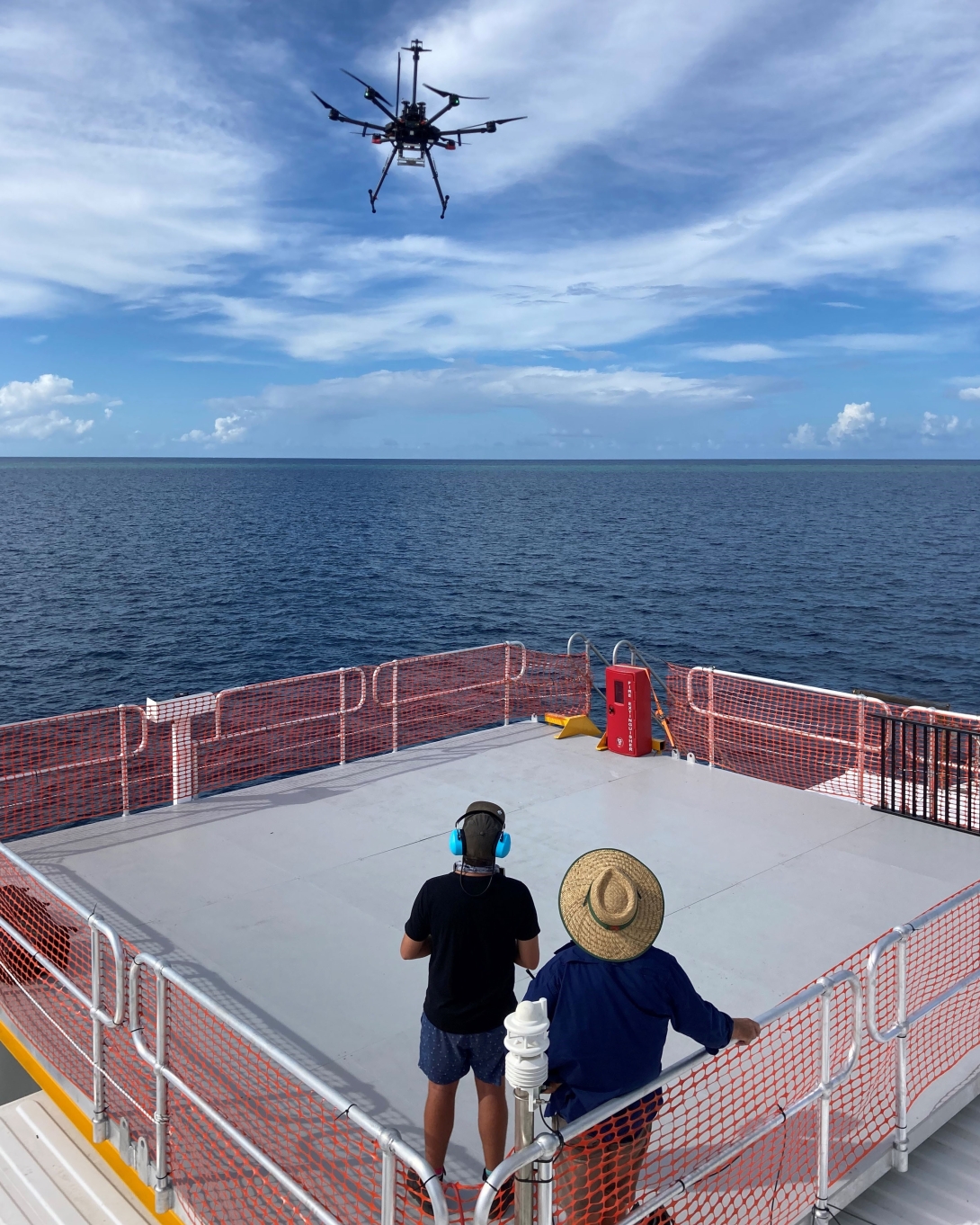14.
Taxonomy Decadal Plan Working Group 2018, Discovering biodiversity: A decadal plan for taxonomy and biosystematics in Australia and New Zealand 2018-2027, Australian Academy of Science and Royal Society Te Apārangi, Canberra and Wellington.
19.
Ip, Y.C.A., Tay, Y.C., Gan, S.X., Ang, H.P., Tun, K., et al. 2019, From marine park to future genomic observatory? Enhancing marine biodiversity assessments using a biocode approach, Biodiversity Data Journal 7: e46833.
27.
Stauffer, S., Jucker, M., Keggin, T., Marques, V., Andrello, M., et al. 2021, How many replicates to accurately estimate fish biodiversity using environmental DNA on coral reefs? Ecology and Evolution 11(21): 14630-14643.
927.
Gurdek-Bas, R., Benthuysen, J.A., Harrison, H.B., Zenger, K.R. and van Herwerden, L. 2022, The El Niño Southern Oscillation drives multidirectional inter-reef larval connectivity in the Great Barrier Reef, Scientific Reports 12(1): 21290.
-
-
1509.
The Queensland Government 2022, Queensland Energy and Jobs Plan, The Queensland Government, Brisbane.
-
1511.
Wilberforce, T., Olabi, A.G., Sayed, E.T., Elsaid, K. and Abdelkareem, M.A. 2021, Progress in carbon capture technologies, Science of the Total Environment 761: 143203.
1512.
Goodwin, M., Halvorsen, K.T., Jiao, L., Knausgård, K.M., Martin, A.H., et al. 2022, Unlocking the potential of deep learning for marine ecology: overview, applications, and outlook, ICES Journal of Marine Science 79(2): 319-336.
1513.
Hajkowicz, S., Naughtin, C., Sanderson, C., Schleiger, E., Karimi, S., et al. 2022, Artificial intelligence for science–Adoption trends and future development pathways, Brisbane.
1514.
Joyce, K.E., Fickas, K.C. and Kalamandeen, M. 2023, The unique value proposition for using drones to map coastal ecosystems, Cambridge Prisms: Coastal Futures 1: e6.
1515.
Mooney, T.A., Di Iorio, L., Lammers, M., Lin, T., Nedelec, S.L., et al. 2020, Listening forward: approaching marine biodiversity assessments using acoustic methods, Royal Society Open Science 7(8): 201287.
1516.
Matthews, S.A., Mellin, C. and Pratchett, M.S. 2020, Chapter Nine - Larval connectivity and water quality explain spatial distribution of crown-of-thorns starfish outbreaks across the Great Barrier Reef, Advances in Marine Biology 87(1): 223-258.
-
1518.
González-Rivero, M., Beijbom, O., Rodriguez-Ramirez, A., Bryant, D.E.P., Ganase, A., et al. 2020, Monitoring of Coral Reefs Using Artificial Intelligence: A Feasible and Cost-Effective Approach, Remote Sensing 12(3).
1519.
Kopecky, K.L., Pavoni, G., Nocerino, E., Brooks, A.J., Corsini, M., et al. 2023, Quantifying the Loss of Coral from a Bleaching Event Using Underwater Photogrammetry and AI-Assisted Image Segmentation, Remote Sensing 15(16).
-
1521.
West, K.M., Stat, M., Harvey, E.S., Skepper, C.L., DiBattista, J.D., et al. 2020, eDNA metabarcoding survey reveals fine‐scale coral reef community variation across a remote, tropical island ecosystem, Molecular Ecology 29(6): 1069-1086.
1522.
Condie, S.A., Anthony, K.R.N., Babcock, R.C., Baird, M.E., Beeden, R., et al. 2023, Large-scale interventions may delay decline of the Great Barrier Reef, Royal Society Open Science 8(4): 1-27.



